Maha Shivaratri, translating to the “Great Night of Lord Shiva,” stands as the most esteemed Hindu festival in Mauritius. This annual celebration, held during the thirteenth night and fourteenth day of the eleventh Hindu month of Phalguna or Maagh (February – March), carries profound spiritual significance for devotees of Lord Shiva. At the heart of these observances lies a pilgrimage of immense reverence and devotion to Ganga Talao, the Sacred Lake, encapsulating the essence of faith and tradition in Mauritius.
Experience Maha Shivaratri in Mauritius this March 2024!
The Origin and Significance of Maha Shivaratri
Maha Shivaratri traces its roots to Hindu mythology, signifying the night when Lord Shiva saved the world from destruction by consuming the poison that emerged during the churning of the ocean for the nectar of immortality. For devotees in Mauritius, Maha Shivaratri serves as a testament to the triumph of light over darkness and the enduring grace of Lord Shiva.
Ganga Talao – The Sacred Lake
Ganga Talao holds a special place in the hearts of Mauritians, steeped in myth and reverence. Legend has it that in 1898, two Hindu priests, Shri Jhummon Giri Gosagne Nepal, and Sri Mohanparsad, envisioned water from the Ganges River springing in the pond, sparking a spiritual awakening among the Hindu community. Since then, Ganga Talao has been the focal point of Maha Shivaratri celebrations, symbolizing a sacred link to mainland India and the divine blessings of Lord Shiva.
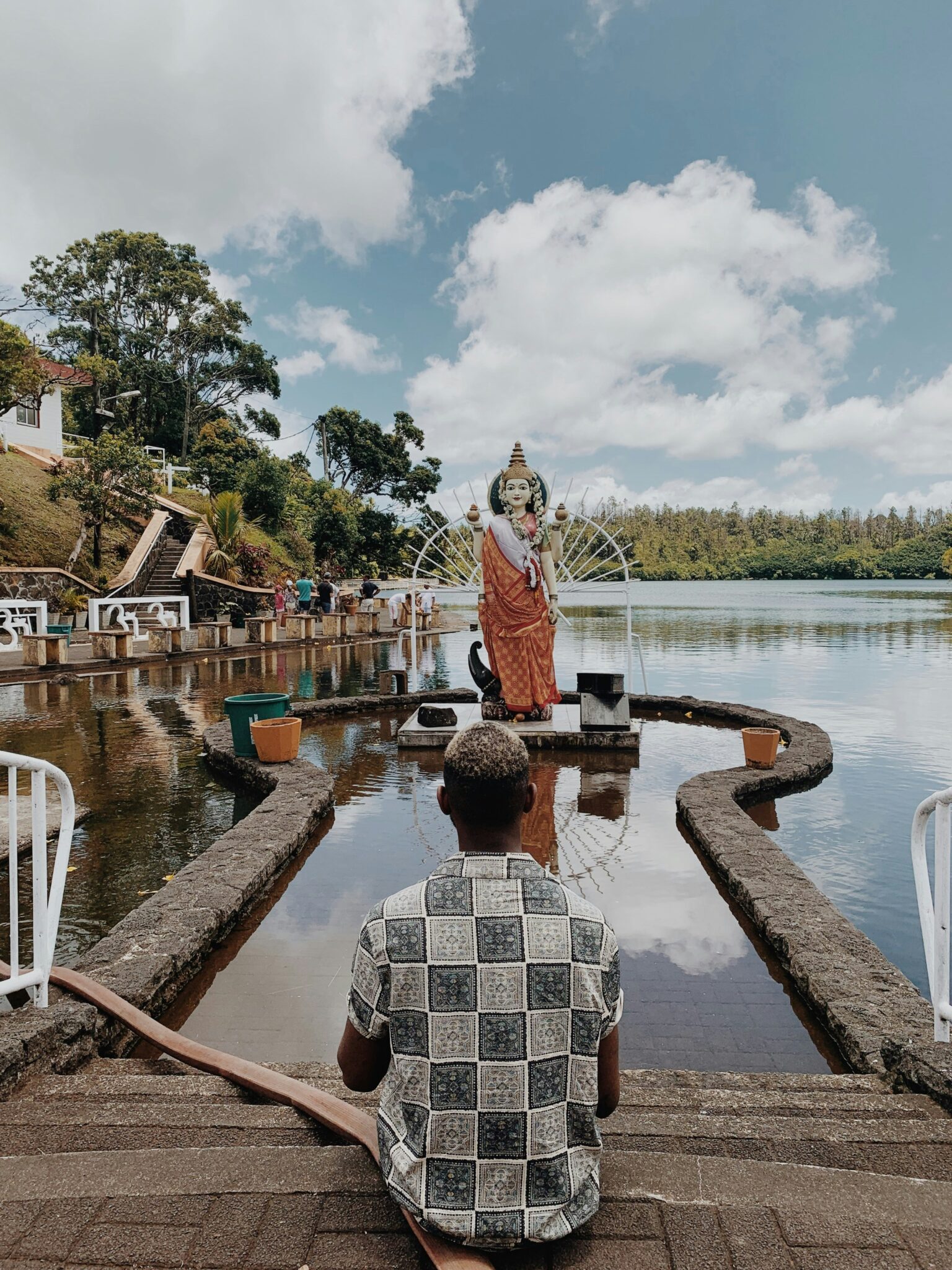
The Pilgrimage to Grand Bassin
Preparations for the annual pilgrimage to Ganga Talao begin weeks in advance, with devotees undertaking rigorous fasting and spiritual cleansing. Crafted grand bamboo structures, known as kanwars, adorn the landscape as symbols of devotion and reverence. Pilgrims, clad in white attire, embark on a journey of faith, traversing rugged terrains and dense forests to reach the sacred lake. Along the way, the air resonates with devotional songs and chants, underscoring the collective spirit of devotion and camaraderie.
Amidst the collective fervor of the pilgrimage, a profound sense of oneness with the divine and fellow pilgrims envelops the soul, fostering inner peace and spiritual elevation. Along the pilgrimage route, acts of compassion and generosity abound as volunteers open their hearts and homes to weary travelers. Tents erected in yards or by the roadside offer pilgrims respite from their journey, providing not only nourishment for the body but also solace for the spirit. The aroma of freshly prepared meals and the warmth of shared tea evoke a sense of camaraderie and kinship, transcending religious boundaries and uniting people of all faiths in a celebration of laughter, joy, and spirituality. Through these acts of kindness and hospitality, the spirit of Maha Shivaratri radiates, embodying the essence of community, compassion, and goodwill.
For those eager to participate in the pilgrimage and fully immerse themselves in the festival’s atmosphere, it is advisable to park your vehicle near Vacoas Phoenix. However, securing a parking spot can be challenging. From there, you can embark on a approximately 3-hour trek to the sacred lake. It is important to wear durable sports shoes and comfortable attire for this journey. It is also advisable to arrive at Grand Bassin during the night or early morning to avoid the daytime heat. It’s important to note that the roads from the center of Mauritius to Grand Bassin often experience heavy congestion due to the sacred procession, which could lead to significant traffic delays if you choose to drive. Alternatively, you can consider taking the Chamarel Road route. Upon reaching Grand Bassin, visitors have the option to use a paid shuttle service for a convenient return trip home. Locals suggest undertaking this pilgrimage on Tuesdays or Wednesdays rather than on Fridays or weekends.
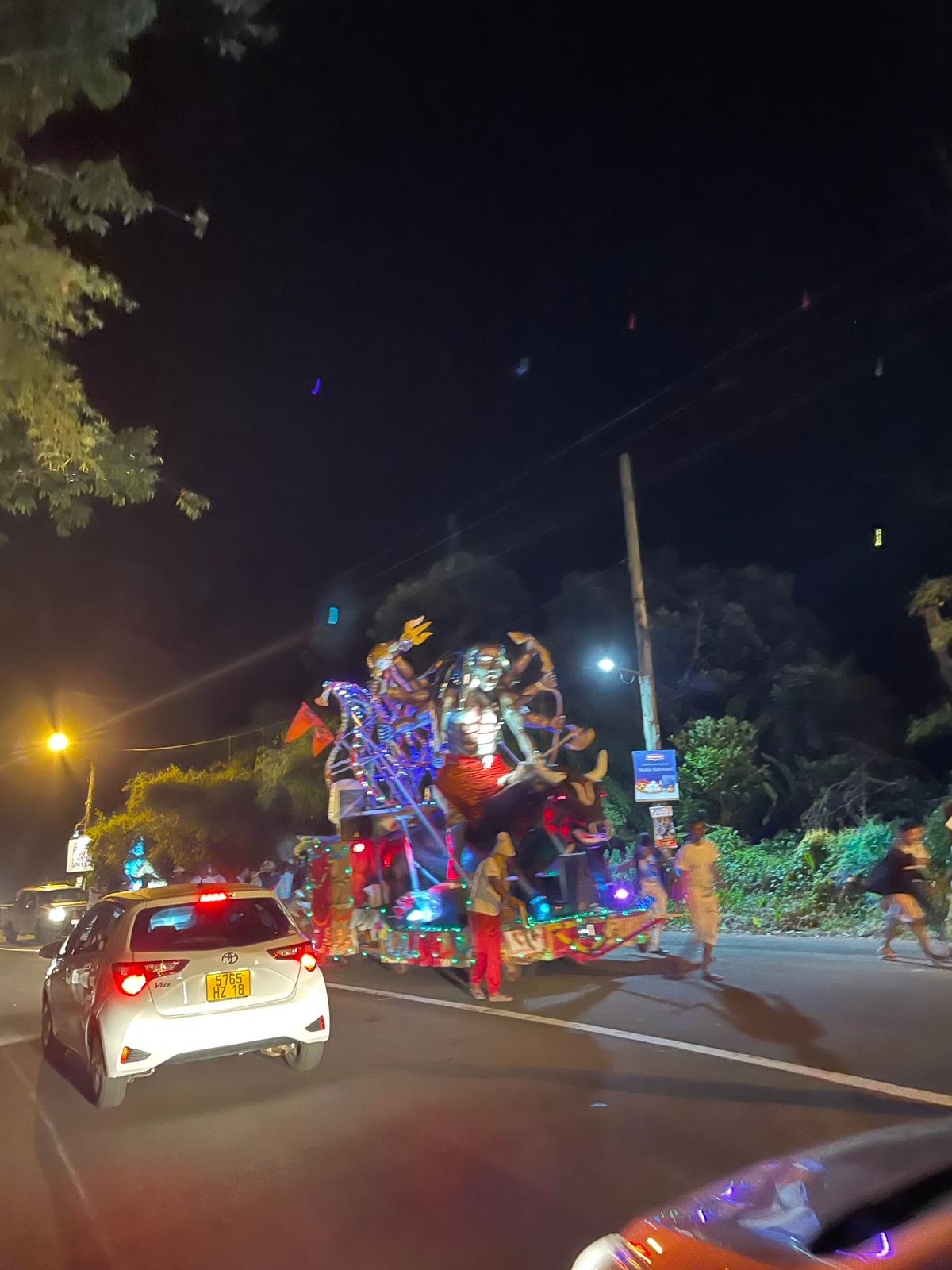

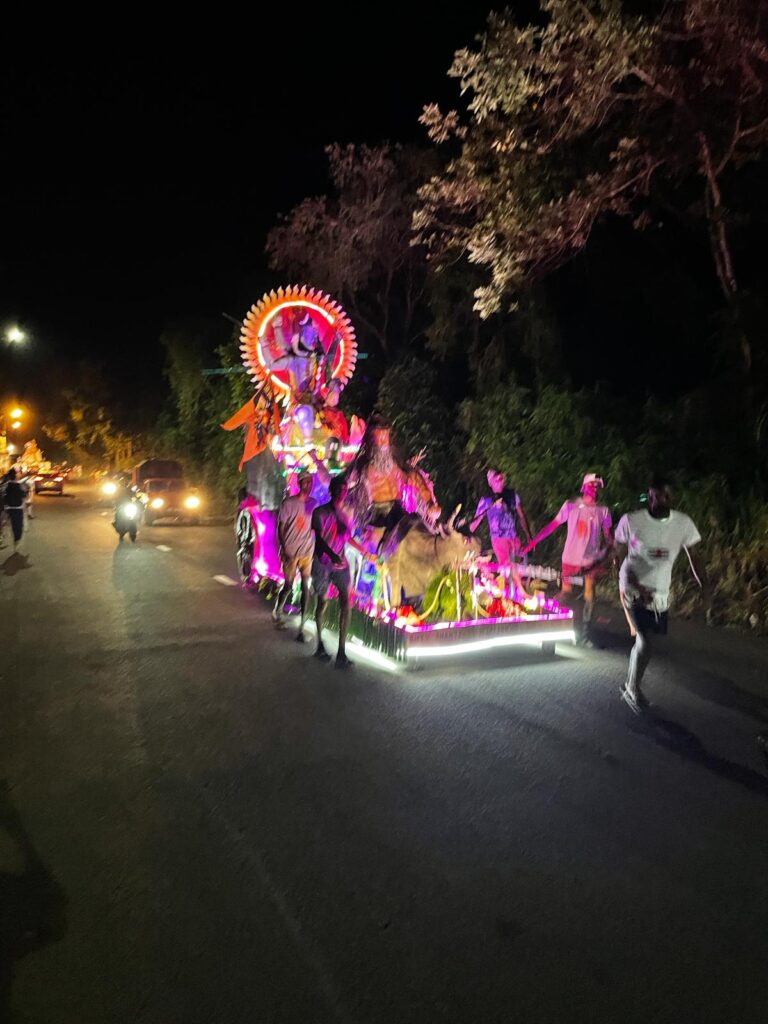

Prayers and Rituals at Ganga Talao
Upon reaching Ganga Talao, devotees partake in rituals and prayers at the serene banks of the lake, seeking blessings and spiritual fulfillment. Sacred water collected from the lake is revered as holy, believed to possess divine blessings from Lord Shiva himself. This consecrated water is then carried back to local temples, where it is used to anoint the sacred Shivalingam, representing Lord Shiva.
The Night of Devotion
As night falls on Maha Shivaratri, temples across Mauritius come alive with fervent prayers, hymns, and rituals dedicated to Lord Shiva. Devotees maintain vigilance and observe fasts as a mark of devotion, culminating in the traditional “Shiv Abhishek,” a ceremonial bathing of the Shiva linga with milk, honey, and holy water from Ganga Talao. Through the night, the air is filled with the chants of “Om Namah Shivaye,” echoing the timeless devotion of devotees towards the divine.
Maha Shivaratri in Mauritius is not merely a festival; it is a sacred journey of faith, unity, and spiritual enlightenment. The pilgrimage to Ganga Talao epitomizes the enduring bond between Mauritius and its Hindu heritage, underscoring the island nation’s rich cultural tapestry and spiritual vitality. As devotees gather to celebrate the divine grace of Lord Shiva, Maha Shivaratri serves as a poignant reminder of the eternal quest for spiritual liberation and inner peace.
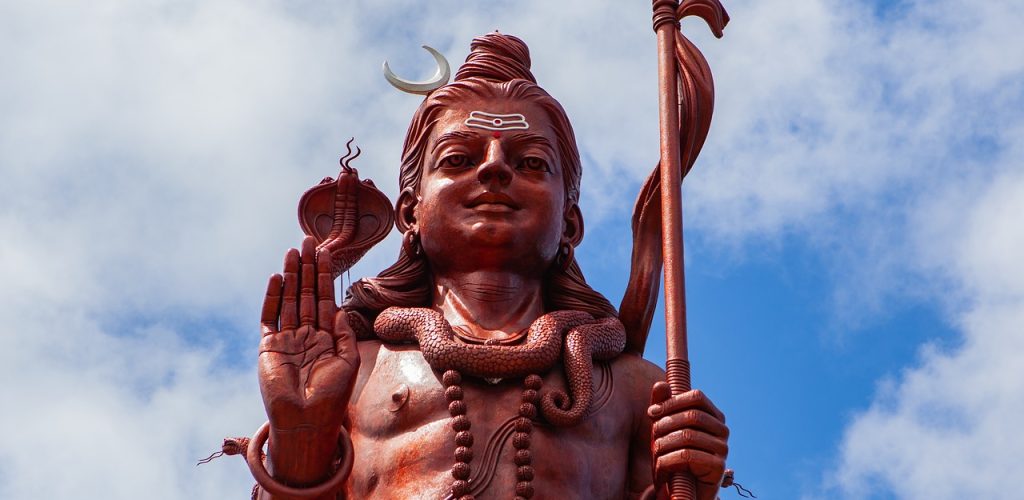


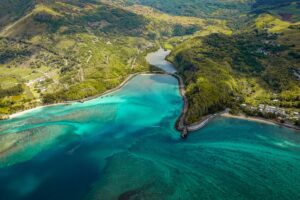




Recent Comments